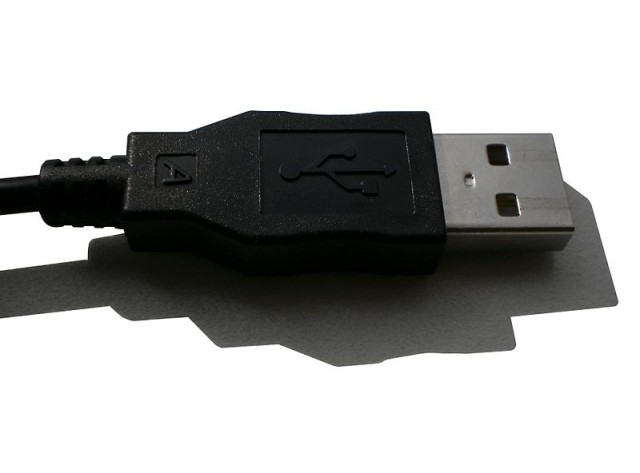
USB Implementers Forum (USB-IF), the organization that maintains USB specifications, is developing a new wireless USB spec that will operate over Wi-Fi frequencies and potentially be capable of pushing multiple gigabits per second.
Work on wireless USB dates to 2004, but the new Media Agnostic USB (MA USB) is hoped to finally provide a wireless version of USB that leads to extensive real-world implementations.
USB-IF announced development of MA USB yesterday, saying it is "designed to allow wireless devices and docking stations to communicate over the USB protocol, without the need for a physical USB connection." Developing the spec will take a year, and getting products out to the market could take another year after that.
When asked why MA USB will be more successful than previous attempts, a spokesperson for USB-IF told Ars that "Media Agnostic USB is designed to allow the USB protocol to operate on a variety of platforms, whereas Wireless USB was designed to operate only over WiMedia UWB [ultra-wideband] radios operating between 3.1 and 10.6 Ghz. Media Agnostic is the key phrase here; it will operate over WiGig 60Ghz, Wi-Fi 2.4 and 5Ghz, and WiMedia UWB radios as well as support other physical media types that may want to take advantage of using a USB transport."
The new spec is a result of a partnership with the Wi-Fi Alliance. The Alliance is starting to build a certification program for Wireless Gigabit (WiGig), a new protocol that can send data up to 7Gbps over the 60GHz band, a frequency that allows higher-speed, shorter-distance transfers than the 2.4GHz and 5GHz bands used in the 802.11n and 802.11ac Wi-Fi protocols. The Wi-Fi Alliance said yesterday that it has transferred a spec known as the "WiGig Serial Extension Specification" to USB-IF, which will use it as the foundation of MA USB. "It is expected that WiGig Certified and Wi-Fi Certified products will implement USB functionality," the Wi-Fi Alliance said.
USB-IF is hoping to use as much existing infrastructure as possible in rolling out MA USB. The goal is to "achieve wireless gigabit transfer rates while leveraging existing USB infrastructure, present in the form of open application programming interfaces in every major operating system; USB class specifications by USB-IF device working groups; a wealth of open-source/OS specific drivers for USB classes; and vendor-specific device drivers for a multitude of USB vendor-specific device," the group said.
USB-IF told Ars that MA USB will be compliant with USB 2.0, USB 3.0, and USB 3.1, the latter of which will provide theoretical transfers speeds of up to 10Gbps. We don't know what speed MA USB will provide yet.
As is typical, working on the spec and getting the technology into shipping products will take a while. "We anticipate that the MA USB specification will be completed within the next year," USB-IF said. "It will likely be another 8-12 months after that before we actually see the technology in consumer devices on retail shelves."
reader comments
55